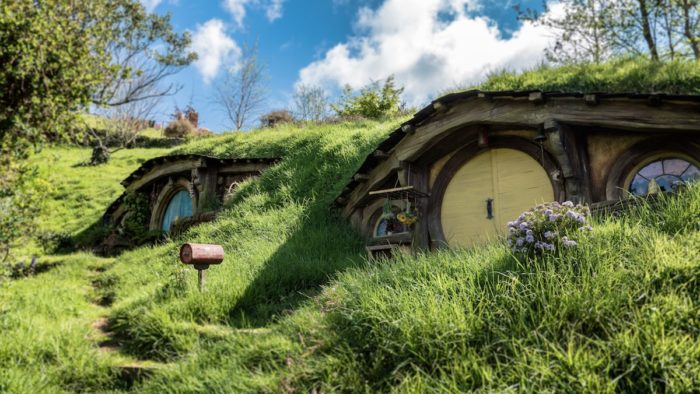
Boosting Local Economy with Locatourism
Earlier in the year I met with a few US-based colleagues that were in Tokyo for a work trip. After the day meetings we took the taxi to Nishi-Azabu to head over to the restaurant Gonpachi Nishiazabu. As you may already know, Gonpachi Nishiazabu is the restaurant that inspired the set for the famous fight scene between Uma Thurman’s character The Bride and O-Ren Ishii’s (Lucy Liu) bodyguard Gogo Yubari (Chiaki Kuriyama) and the Crazy 88’s in Quentin Tarantino’s iconic movie Kill Bill Vol.1. Despite it being a weeknight, the restaurant was packed with foreign visitors looking around excitedly with their smartphone cameras in one hand, jubilant to be sitting amidst the lively atmosphere of the world famous “Kill Bill Restaurant.”
Of course, Gonpachi Nishiazabu was not the actual location where the famous bloody fight scene was shot; the movie restaurant ‘The House of Blue Leaves’ was actually a set built in a studio in China. However, it is indisputable that Gonpachi’s popularity from foreign visitors is greatly influenced by Kill Bill Vol. 1 and continues to be one of the must-visit restaurants in Tokyo for that reason.
Whether it’s an entire country that becomes a more popular destination — a la The Lord of the Rings and The Hobbit for New Zealand — or particular locations famous because of a certain scene, like Kill Bill Vol. 1 and Gonpachi Nishiazabu, motion pictures is influencing where we visit for our next vacation more and more.
There’s strong evidence that fans of Japanese motion pictures are also drawn to the domestic locations that appear on screen — and the Japanese government is taking advantage of that popularity to meet their inbound tourism goals for the next decade. With 2020 Tokyo Olympics just around the corner, Japan has set the goal of increasing inbound tourism to 40 million people by 2020 and increasing to 60 million people by 2030. One of the strategies of doing so is growing the “location tourism”, or roke-tourism.
What is Location Tourism?
According to Location Japan — a bimonthly publication that focuses on Japanese filming locations — location tourism means “visiting the filing location of a movie or drama, fully enjoying the scenery and food, experiencing local hospitality and becoming a fan of the region.” The goal is not only to popularize the location where a famous motion picture scene was filmed, but to use the power of motion picture popularity to revitalize and energize local communities that would normally be unknown to tourists.
Based on over 6,000 surveys from the general public, local municipalities and foreigners knowledgeable about filming locations in Japan, Location Japan released Good Location in Japan (Japanese), a map that depicts over four dozen locations where famous Japanese films and TV dramas were filmed throughout the country.
An example of a location that is featured is Hida-Furukawa, a rural Japanese mountain town in Gifu prefecture that became a locatourism hotspot after the release of Your Name (Kimi no Na wa), the animated romantic fantasy mega-hit film that was release in 2016. The town of Hida-Furukawa, which inspired the fictional rural town of Itomori where the character Mitsuha lived, has now become a famous pilgrimage site for fans of the film. According to Location Japan, the number of visitors that visit Hida-Furukawa has increased by 2,600% since the release of the film!
Other notable filming locations that are featured on Good Location in Japan include:
- Shibamata, Katsushika ward; “Tora-san’s” hometown in Otoko wa Tsuraiyo (Tora-san series), Japan’s most popular movie series, which ran for 26 years from 1969
- Banks of the Gakko River in Sakata, Yamagata Prefecture where the winner of the 81st Academy Award for Best Foreign Language Film, Okuribito (Departures), was filmed
- The railroad crossing featured in the opening of the anime, Slam Dunk
Have you visited famous filming locations in Japan? Let us know where and what production at the comments below!
